In the wild, a Jeep Wrangler can do extraordinary things. I experienced this first-hand two years ago when I tackled the Rubicon in a Wrangler with the same name. As the stock Jeep clawed over terrain that would give a billy goat pause and hopped boulders as big as the 4-wheel-drive vehicle itself, the Wrangler made the impossible possible. Off-road, there’s simply nothing like a Jeep.
In the confines of the city, though, the Jeep is a different animal — one that is far more uncomfortable literally and figuratively. It shouldn’t come as a surprise that a vehicle built for fording rivers and making roads where there are none isn’t all that civilized where asphalt and traffic signals rule. But this fact should be reiterated if you’re in the market for a Jeep Wrangler. At the very least, you should know its compromises if you have your heart set on one.
And I certainly can’t blame you if you do. No other new vehicle with the Jeep Wrangler’s sub-$24,000 starting price has the rugged looks or sheer off-road capabilities of this iconic 4×4 whose heritage dates to World War II. You want attitude? The Wrangler has it.
Off-road champ, On-road compromise
But if you plan to spend the majority or — be honest — all of your time driving the Jeep Wrangler on-road, be ready for compromises. The fact is, the characteristics that make the Wrangler an off-road champ can come back to bite it in the city.
Its rigid frame and live axles mean a stiff and bouncy ride, and its short wheelbase makes the Wrangler squirrely in higher-speed freeway driving (the longer, 4-door Jeep Wrangler Unlimited helps rectify this latter issue). The Jeep’s high ground clearance and tall seating position provide good visibility, but with only a tilt-adjust steering wheel, it’s hard to find the perfect driving position. This test vehicle had a 6-speed manual transmission (a 5-speed automatic is optional), but it wasn’t exactly a joy to use. Shift feel overall was rather notchy. Fuel economy, at 17 mpg city/21 highway, is dismal for a V6. And the cargo area behind the rear seat is not only scant, but awkward to access with the swing-out rear half-door.
Also: The Class of 2015 — New Vehicles Ready to Roll
Then there’s this special-edition Wrangler’s cost, which came in at nearly $31,000, or over $7,000 beyond a base 2-door Wrangler’s price. Nearly $6,000 of that is from the Willys Wheeler package, which offers retro aesthetics, Chrysler‘s easy-to-use Uconnect touch-screen infotainment system, and off-road upgrades such as rock rails, 3.73 axle ratio and Trac-Lok rear differential. Other costs came with amenities such as power windows — and remember, when you’re talking about a Jeep Wrangler, basics such as air conditioning, power windows and power doorlocks are not standard on base models. Yes, the Willy Wheeler Wrangler stands out on the road, but its price seems a big premium, especially if you’re not going to take advantage of this 4×4’s off-road capabilities.
If that’s the case, you’re better served in the new Jeep Cherokee. That model is far more refined on road, gets better fuel economy, is more comfortable and has better cargo capacity — yet it still has impressive off-road credentials, especially when dressed in 4-wheel-drive Trailhawk form (starting price for that model is just over $30,000). I understand the allure of the Wrangler. It’s an American icon and an off-road warrior. But if the only thing you plan to conquer in one is a traffic-clogged commute, there are far more suitable alternatives.
More 2014 Jeep Wrangler…
See full review and pricing information for the 2014 Jeep Wrangler Willys Wheeler or build and price your own to unlock its Fair Purchase Price, 5-Year Cost to Own, and more.
More Quick Takes…
The 2014 Dodge Grand Caravan continues to hold steady
The 2014 Volkswagen Beetle convertible is fun, easy to drive
The 2014 Mazda5 offers a fun manual transmission, tons of space
Popular at KBB.com
10 Best Sedans Under $25,000
10 Best SUVs Under $25,000
The 40 MPG Cars of 2014
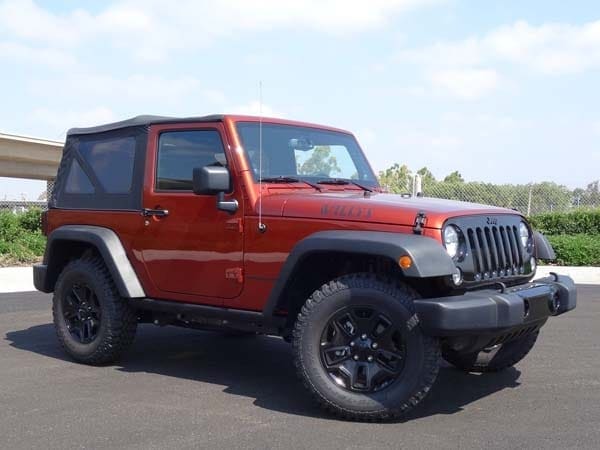
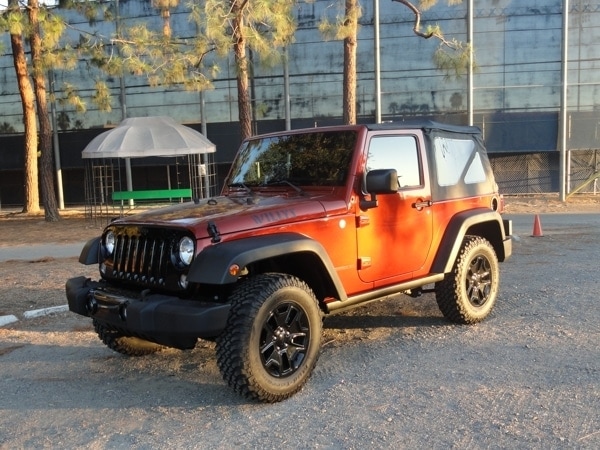
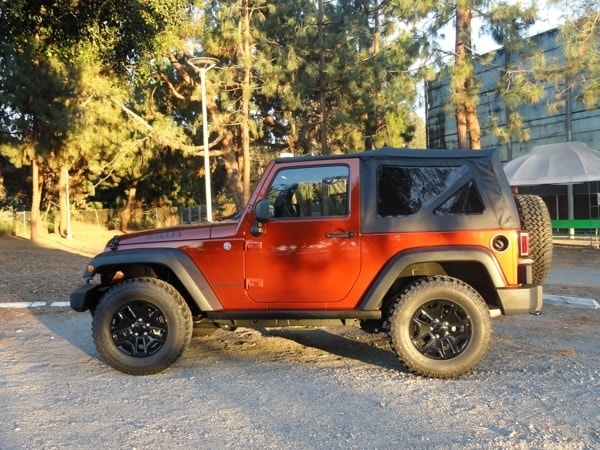
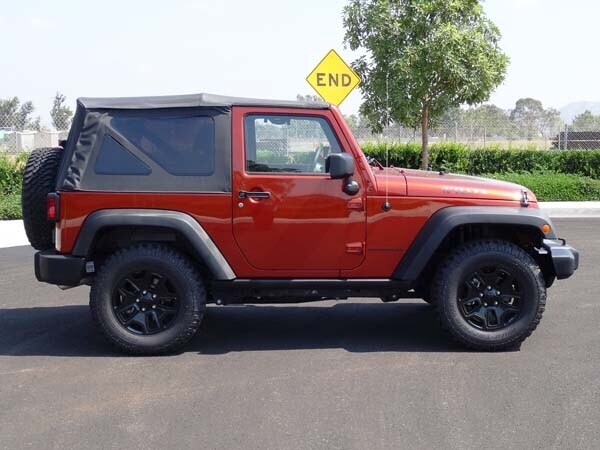
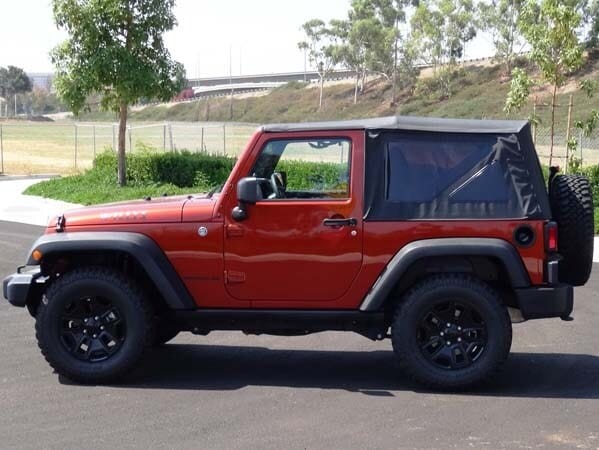
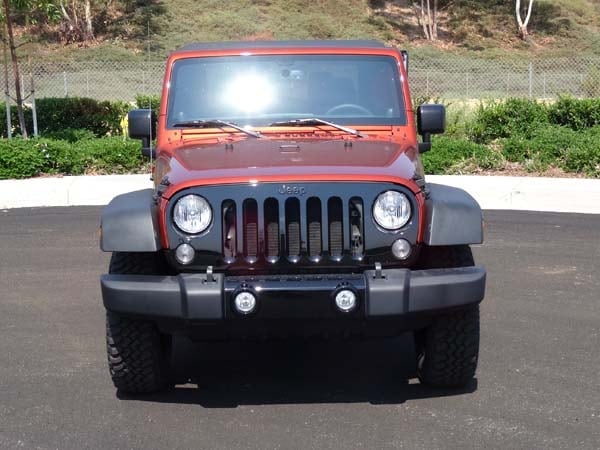
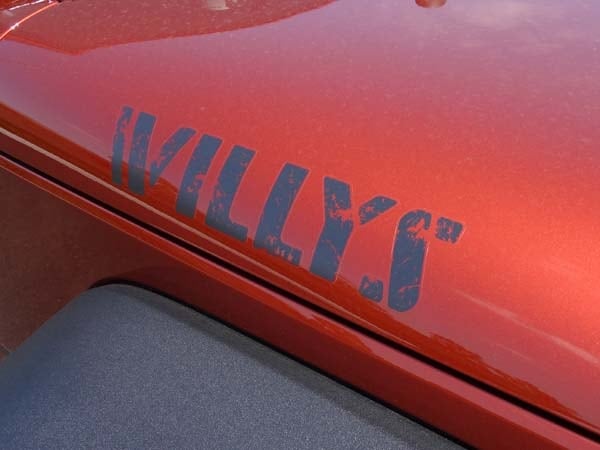
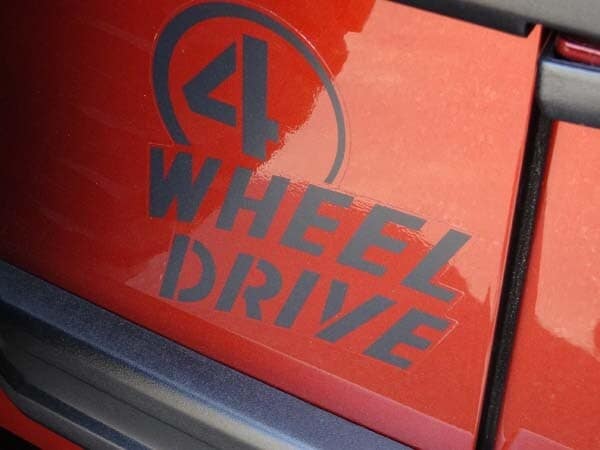
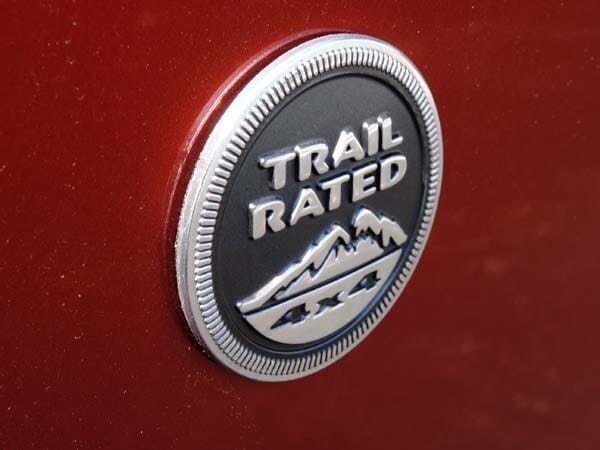
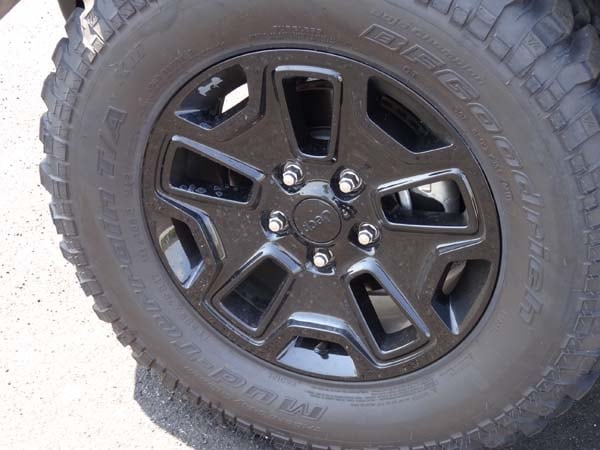
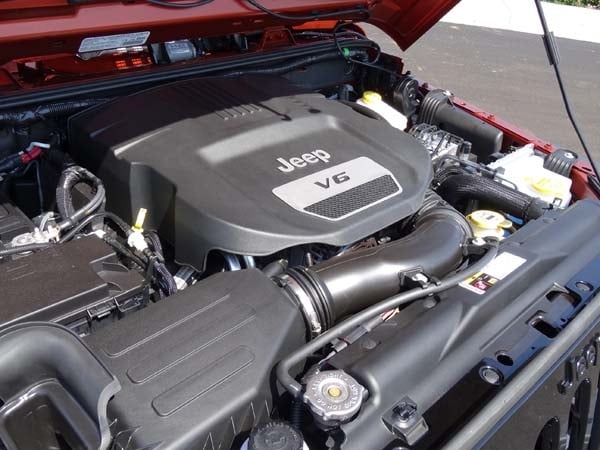
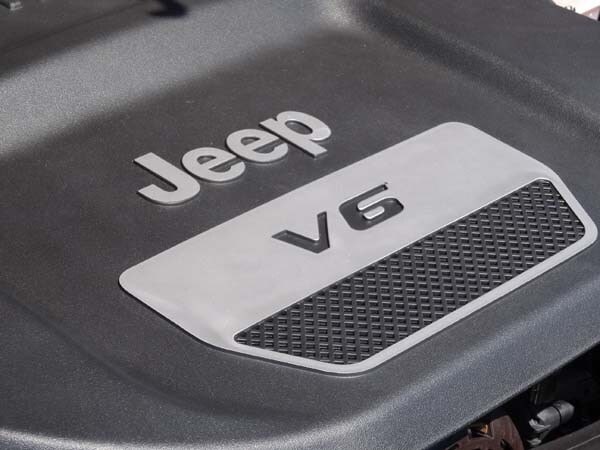

-180.jpg)








